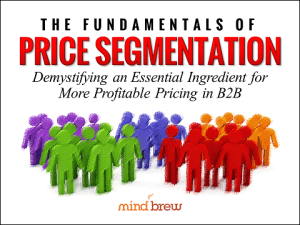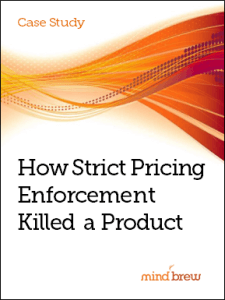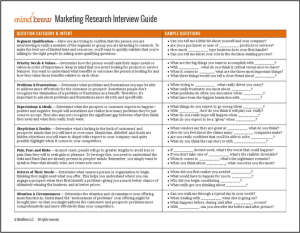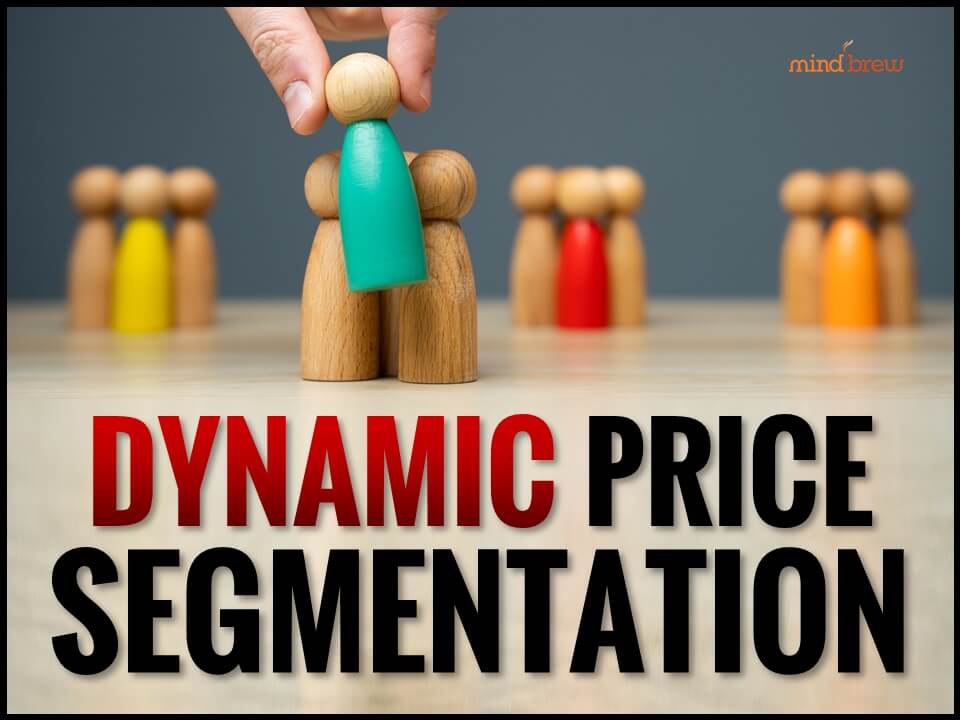We recently ran across an article in Wired called The Parable of the Tablet and the Calculator that holds a pretty good lesson for B2B pricing practitioners.
Recently, Casio and Amazon both launched new products during the same week. Casio launched a calculator called the S100. It doesn’t do anything particularly amazing, not even graphing—it just does basic arithmetic like calculators that have been around for fifty years. It costs $220.
Amazon launched a new Fire tablet. It has a 7-inch screen and 8 GB of memory. You can use it to play games, watch movies, listen to music and do thousands of other things, including basic arithmetic or even graphing functions. It costs $50.
What’s particularly noteworthy about this comparison is that the calculator isn’t overpriced.
Yes, you read that correctly. $220 is a fair price for the Casio S100.
Why? First, it’s a really well-designed calculator. It’s made of the best materials, it’s easy to read, and the keys feel great when you tap them.
It’s a work of art, really. And like most works of art, its value depends in part on its scarcity. Casio is going to make only 5,000 of them to celebrate the fiftieth anniversary of the first electronic desktop calculator. And that makes it collectable.
Of course, not everyone wants a fancy calculator. But a certain segment of the population will be more than happy to pay $220 for a product of this quality.
The calculator may be a consumer product, but it’s a good reminder of some principles that also apply to B2B.
If you want to have a good pricing strategy, you absolutely must have good segmentation in place. You need to get to know each of the kinds of customers that you serve. And if you have customers that are willing to pay a premium for a high-end product, by all means, you should adjust your pricing and your product line accordingly. If you haven’t done a complete pricing segmentation or you’re not sure that the segmentation you have is detailed enough, watch the webinar The Fundamentals of Price Segmentation. It will walk you through key concepts and demonstrates how to put them into practice.
In the best of worlds, our products are more than the sum of their features. And buyers often purchase those products for reasons that have little or nothing to do with price. There are even people willing to buy a $220 calculator when they could buy a tablet that does so much more for only $50.














